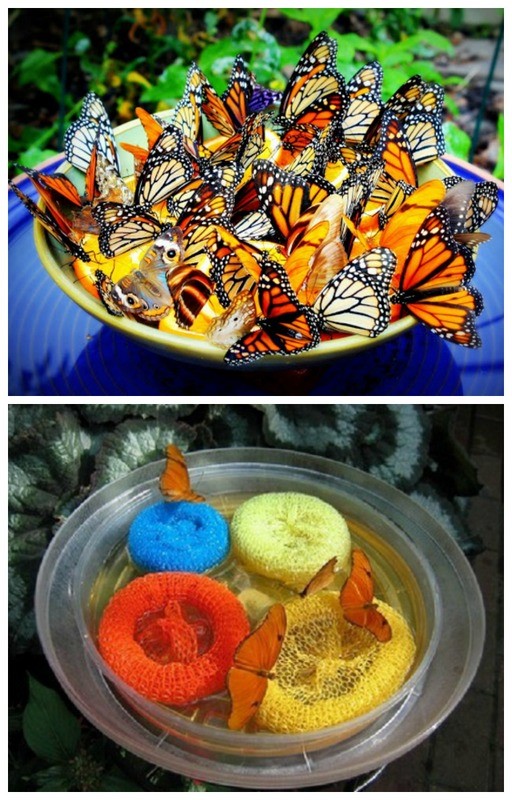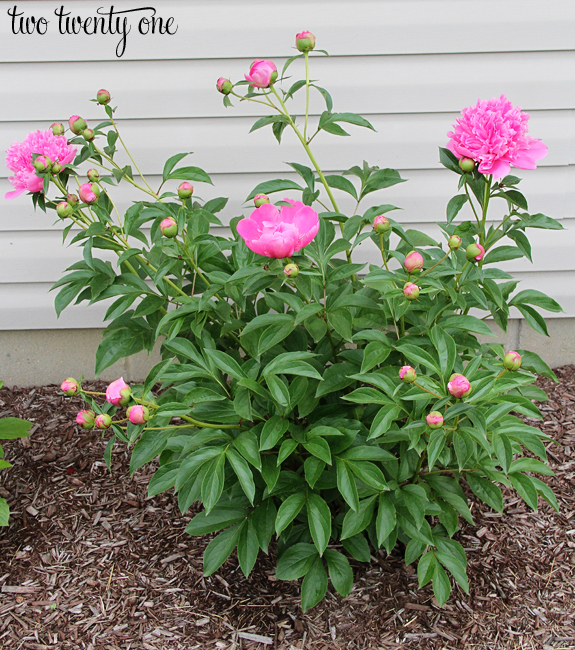
Magnolia Arrangement Contact us at The Wild Orchid -515-276-4600
- Magnoliaceae
- Deciduous and evergreen trees and shrubs
- Zones vary by species
- Full sun or partial shade
- Regular water
Magnificent flowering plants featuring blossoms in white, pink, red, purple, or yellow. Magnolia trees are diverse in leaf shape and plant form, and they include both evergreen and deciduous sorts. They aren’t usually munched by deer.
The following text classifies magnolias by general type; the chart lists species, hybrids, and selections alphabetically. New magnolias seem to appear almost hourly, but most garden centers carry only a few. To track down a prized selection, you’ll probably need to hunt through mail-order catalogs.
Magnolia Tree Types
Whether evergreen or deciduous, most magnolias have large, striking blossoms composed of petal-like segments. A few are grown for use as foliage plants.
Evergreen magnolias. To many people, the word “magnolia” is synonymous with our native Magnolia grandiflora, the classic Southern magnolia with large, glossy leaves and huge, fragrant white blossoms―the state flower of Mississippi and Louisiana. Few trees can match it for year-round beauty. It does, however, have its drawbacks. Unnamed seedlings often take 10 years after planting before they come into bloom. Dense shade and shallow roots make it impossible to grow grass beneath the canopy, and the roots often crack and lift pavement if the tree is planted between sidewalk and curb. Leaves drop 365 days a year. And since the tree grows as wide as 40 ft., it takes up a lot of garden space.
Sweet bay (M. virginiana), a smaller tree, is easier to fit into most gardens. Though mostly deciduous in the Upper and Middle South, it’s evergreen in the Lower and Coastal South and more cold hardy than
M. grandiflora.
Deciduous magnolias with saucer flowers. This group includes the popular saucer magnolia (M. x soulangeana) and its myriad selections, often called tulip trees because of the shape and bright color of their flowers. They prefer fertile, acid, well-drained soil. They do not tolerate heavy wind or salt spray. Early-flowering selections are prone to frost damage. Related to these, but less tolerant of winter cold and summer heat, are the spectacular magnolias from western China and the Himalayas―Sargent magnolia (M. sargentiana) and Sprenger magnolia (M. sprengeri). Though their early flowers may fall victim to late freezes, one spring season with good blooms will quickly make you forget the disappointments of years past.
Deciduous magnolias with star flowers. This group includes Kobus magnolia (M. kobus), Loebner magnolia (M. x loebneri), and star magnolia (M. stellata). All are cold-hardy, heat-tolerant, adaptable plants. Late frosts sometimes damage their early blooms.
Other magnolias. Less widely planted―but deserving of greater attention―is a group of large-leafed native magnolias generally grown as bold accents or shade trees. Cucumber tree (M. acuminata) and its smaller sibling, yellow cucumber tree (M. a. subcordata), are the source of the yellow blossom color of many new hybrids. Bigleaf magnolia (M. macrophylla), umbrella magnolia (M. tripetala), Fraser magnolia (M. fraseri), and Ashe magnolia (M. ashei) are medium-size trees with huge leaves and large flowers that appear after the leaves unfurl.
In its own category is Oyama magnolia (M. sieboldii), native to western China. It bears drooping, cup-shaped, fragrant blooms after leaves emerge.
Magnolia Tree Culture
For any magnolia, pick planting site carefully. Virtually all types are hard to move once established, and many grow quite large. The best soil for magnolias is fairly rich, well drained, and neutral to slightly acid; if necessary, add generous amounts of organic matter when planting. Southern magnolia (M. grandiflora) is good for planting at the beach, though not on dunes. Sweet bay (M. virginiana) tolerates wet soil. The species and selections listed in the chart are adapted to a wide range of growing conditions and are easy for most gardeners to grow.
Magnolias never look their best when crowded, and they may be severely damaged by digging around their roots. Larger deciduous sorts are most attractive standing alone against a background that will display their flowers at bloom time and show off their strongly patterned, usually gray limbs and big, fuzzy flower buds in winter. Small deciduous magnolias show up well in large flower or shrub borders and make choice ornaments in Asian-style gardens. Most magnolias are excellent lawn trees; try to provide a good-size grass-free area around the trunk, and don’t plant under the tree.
Balled-and-burlapped plants are available in late winter and early spring; container plants are sold all year. Do not set plants lower than their original soil level. Stake single-trunked or very heavy plants to prevent them from being rocked by wind, which will tear the thick, fleshy, sensitive roots. To avoid damaging the roots, set stakes in planting hole before placing tree. Prevent soil compaction around root zone by keeping foot traffic to a minimum. Prune only when absolutely necessary. Magnolias seldom have serious pest or disease problems.
In Des Moines check out the http://www.magnoliawinekitchen.com/















.jpg)




